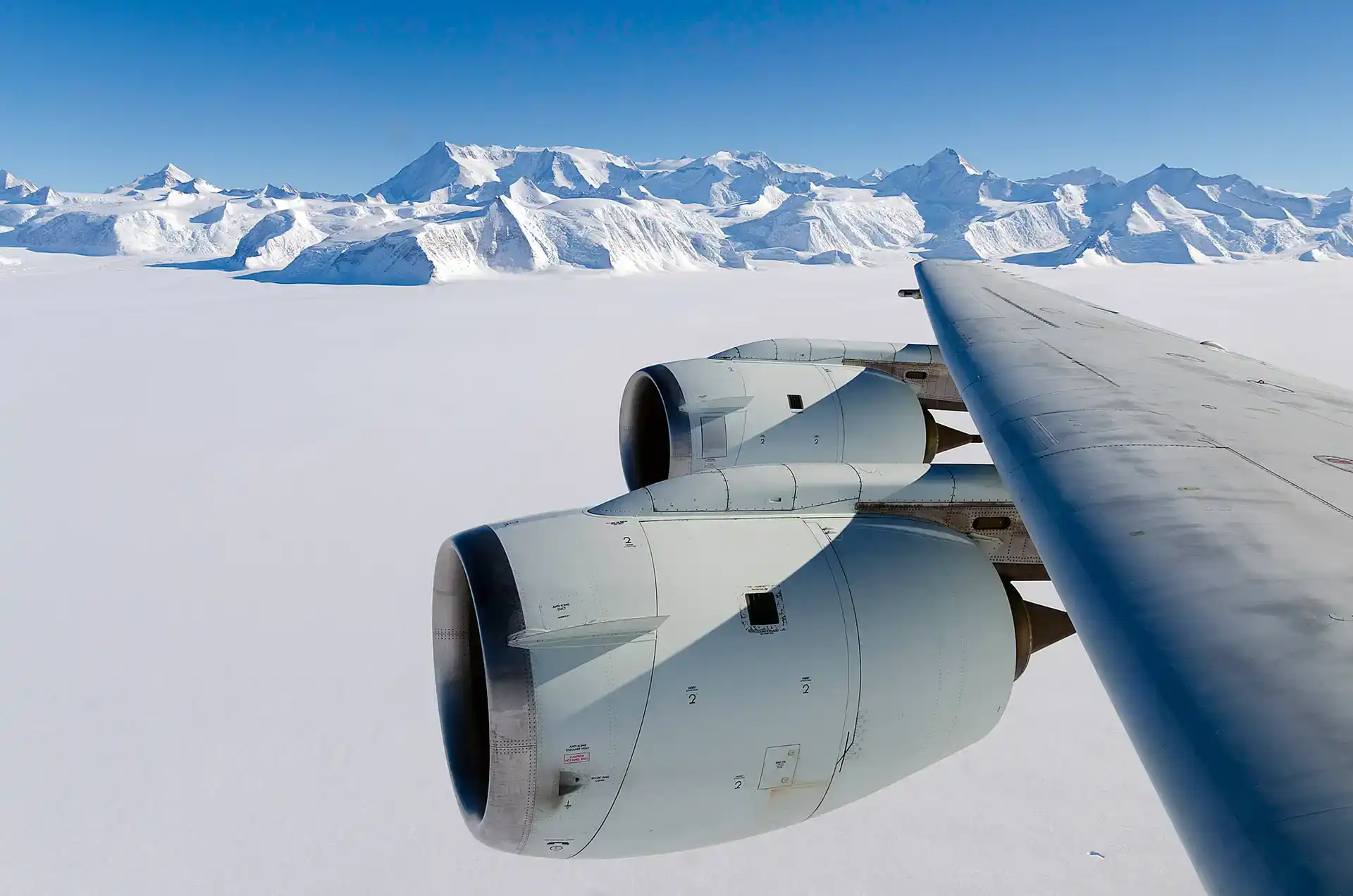- 1
- Campaigns
- 2
- Data Products

Overview
The Avion de Recherche Atmosphérique Fokker F27 (ARAT) is a turboprop aircraft built by Dutch manufacturer Fokker. It is used for atmospheric research and for collecting remote-sensing airborne measurements. ARAT can carry 52 passengers, has a wingspan of 29 meters, and can cruise at speeds up to 255 kt.
Online information
Related Campaigns & Instruments
Review the instruments operated on this platform for each of these field campaigns
Filter data products from this platform by specific campaigns, instruments, or formats.
CAMPAIGNS
INSTRUMENTS
